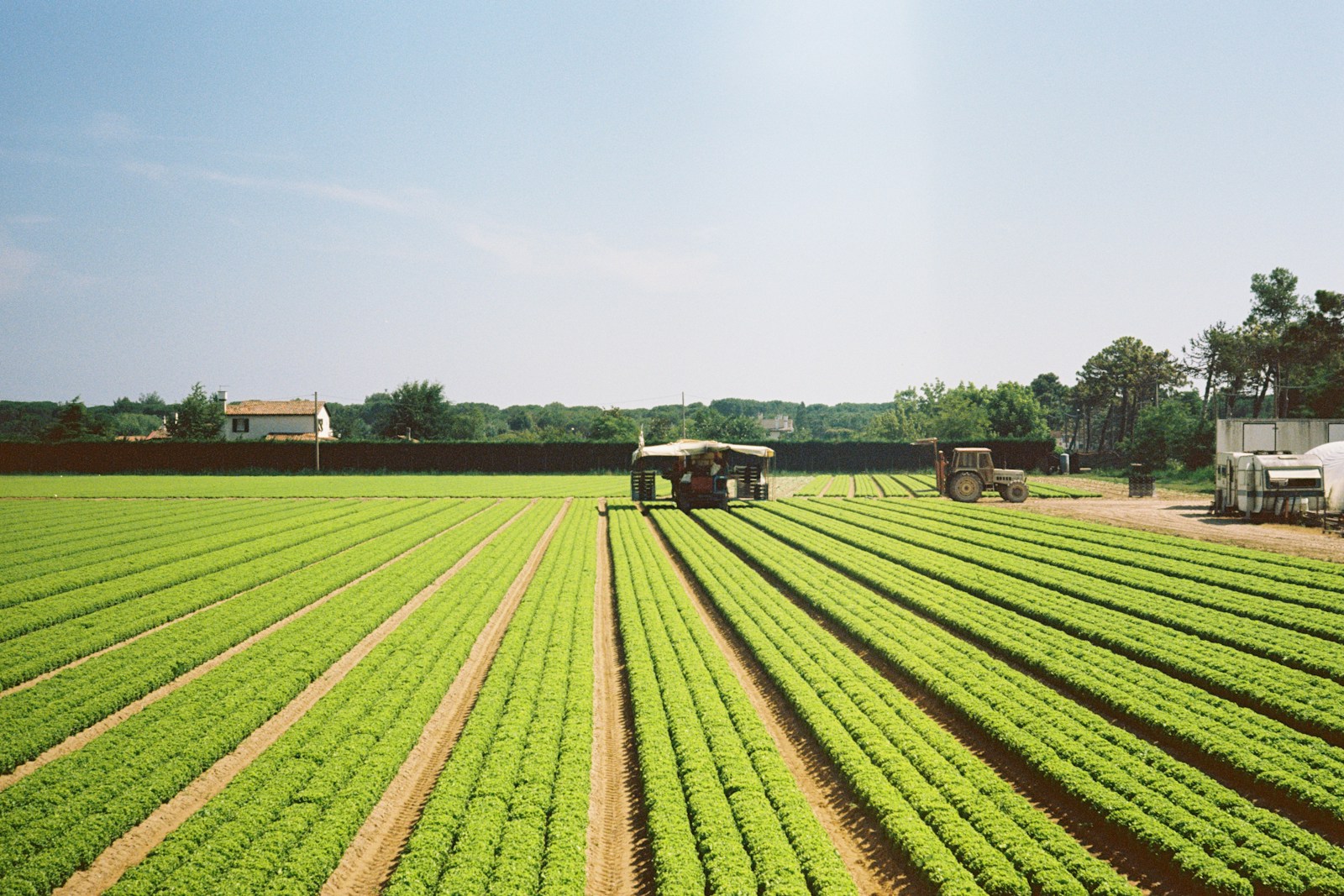The challenge of feeding a rapidly growing global population while safeguarding the planet’s finite resources is one of humanity’s most critical balancing acts. Conventional industrial agriculture, with its reliance on chemical inputs, monocultures, and intensive resource consumption, has significantly boosted food production but at a severe environmental cost. This unsustainable trajectory necessitates a fundamental shift towards sustainable agriculture practices, a holistic approach that aims to feed the world responsibly by integrating environmental health, economic viability, and social equity. It’s about cultivating food in a way that meets the needs of the present without compromising the ability of future generations to meet their own.
At the heart of sustainable agriculture are practices designed to work in harmony with natural ecosystems, rather than against them. Soil health management is foundational. Techniques like conservation tillage (including no-till and reduced-till farming) minimize soil disturbance, preserving soil structure, reducing erosion, and enhancing organic matter. Cover cropping, where non-cash crops are planted between main harvests, further protects the soil, suppresses weeds, and improves nutrient cycling. Crop rotation, a centuries-old practice, involves systematically changing the types of crops grown in a field over time. This disrupts pest and disease cycles, optimizes nutrient uptake from different soil depths, and reduces the need for synthetic fertilizers. By nurturing the soil, sustainable agriculture builds a resilient foundation for long-term productivity.
Efficient water management is another critical pillar. Agriculture is the largest consumer of freshwater globally, making water conservation paramount. Sustainable practices employ precision irrigation methods like drip irrigation and micro-sprinklers, which deliver water directly to plant roots, minimizing evaporation and runoff. The integration of IoT sensors and data analytics allows farmers to monitor soil moisture levels and crop needs in real-time, optimizing water use and preventing over-irrigation. Rainwater harvesting and the use of drought-resistant crop varieties also contribute significantly to water conservation, particularly in water-stressed regions.
Beyond soil and water, sustainable agriculture emphasizes biodiversity and integrated pest management (IPM). Instead of relying heavily on synthetic pesticides that can harm beneficial insects, pollinators, and ecosystems, IPM employs a combination of strategies. This includes using natural predators to control pests, crop rotation to break pest cycles, biological controls, and planting hedgerows and wildflower strips to provide habitats for beneficial insects and pollinators. Promoting diverse plant and animal life on farms enhances ecosystem services, making agricultural systems more resilient to pests, diseases, and climate shocks. Agroforestry, the intentional integration of trees and shrubs into crop and animal farming systems, is another powerful practice that enhances biodiversity, improves soil health, sequesters carbon, and can provide additional income streams.
The shift to sustainable agriculture offers significant environmental benefits. It reduces greenhouse gas emissions by sequestering carbon in the soil, decreasing reliance on fossil fuel-derived fertilizers, and minimizing energy-intensive practices. It protects water quality by reducing pesticide and nutrient runoff into rivers and lakes. By preserving biodiversity, it safeguards the natural capital that underpins healthy ecosystems and future food security. Economically, sustainable practices can lead to lower input costs (less need for expensive synthetic fertilizers and pesticides), improved long-term soil productivity, and increased resilience to climate extremes, which can stabilize farm incomes. It also opens doors to new markets, as consumer demand for sustainably produced food grows, strengthening local food systems and creating new job opportunities in rural areas. Socially, it promotes healthier food, improves working conditions for farmers, and can foster greater food security by building more resilient, localized food systems.
However, the global implementation of sustainable agriculture faces challenges. These include initial investment costs for new technologies, lack of awareness or technical knowledge among farmers, entrenched conventional farming practices, and market pressures that prioritize yield over sustainability. Technology plays a crucial enabling role, with advancements in precision agriculture, remote sensing, artificial intelligence, and biotechnology offering tools for more efficient resource use and targeted interventions. Policies that incentivize sustainable practices, provide financial support, and promote knowledge sharing are also essential.
Ultimately, feeding a projected 9.7 billion people by 2050 responsibly requires a widespread embrace of sustainable agriculture. It is not a monolithic solution but a dynamic, context-specific approach that continually adapts to local ecological and social conditions. By championing these practices, we can cultivate a food system that not only nourishes humanity but also regenerates the planet, ensuring a vibrant and bountiful future for generations to come.
References:
- UNEP (United Nations Environment Programme): Provides extensive information and reports on sustainable food systems, biodiversity, and the environmental impacts of agriculture.
- https://www.unep.org/ (Search for “sustainable agriculture” or “food systems”)
- Landini – Sustainable agriculture: meaning, principles and techniques: Offers a concise overview of sustainable agriculture’s definition, core principles, and key techniques.
- Catch Foundation – Path to a Greener World: Importance and Benefits of Sustainable Agriculture: Details the environmental, economic, and social benefits of sustainable agriculture practices.
- TraceX Technologies – 7 Best Sustainable Agriculture Practices: Provides specific examples of sustainable farming techniques like conservation tillage, crop rotation, and integrated pest management.
- Green Pedal – What is the relationship between sustainable agriculture and food security?: Discusses the direct link between sustainable agriculture and achieving food security, while also outlining challenges.
- Consensus – What Is The Role Of Technology In Sustainable Agriculture?: Explores how machine learning, IoT, AI, and other digital technologies are crucial enablers for sustainable farming practices.
- World Wildlife Fund (WWF) – Impact of Sustainable Agriculture and Farming Practices: Highlights the environmental challenges posed by unsustainable agriculture and the conservation benefits of sustainable practices.


